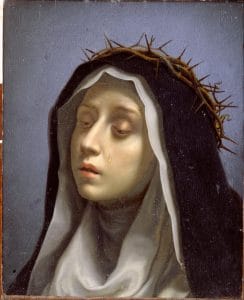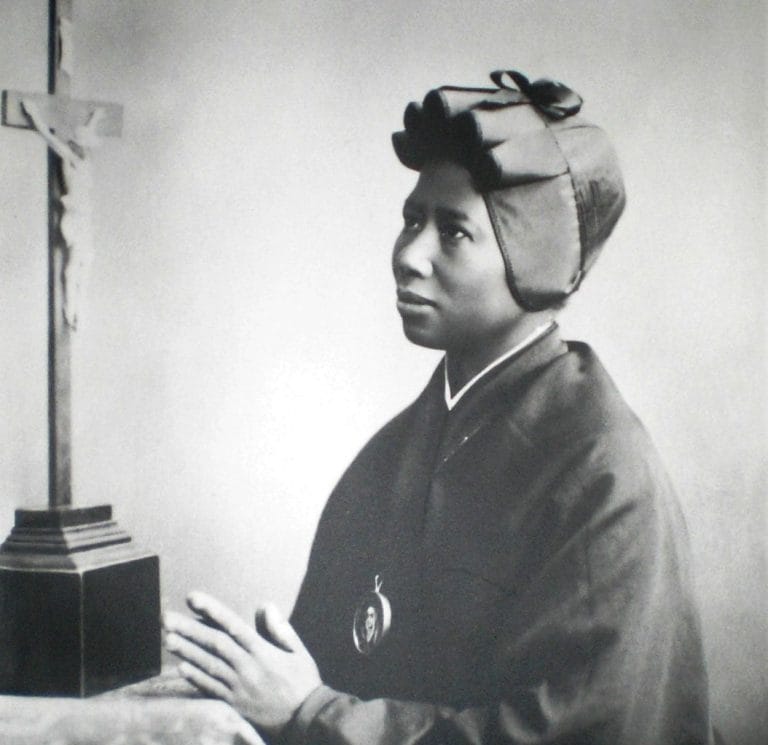
This week on Saint of the Week, we spotlight Saint Catherine of Siena, a Dominican tertiary, mystic, and Doctor of the Church. Her extraordinary life of prayer, service, and influence on the Church and politics of her time makes her one of the most powerful women in Christian history.
Catherine was born on March 25, 1347, in Siena, Italy, during a time of political turmoil and the devastating Black Death. She was the 25th of 25 children born to Jacopo and Lapa Benincasa. From an early age, Catherine exhibited profound spiritual experiences. At the age of 6, she reportedly had a vision of Christ seated in glory, which deeply impacted her.
By age 16, she joined the Third Order of Saint Dominic, which allowed her to live a religious life while remaining in her family home. She dedicated herself to prayer, fasting, and acts of charity, particularly among the sick and poor.

Mystical Experiences and Public Life
Catherine experienced mystical visions throughout her life, including what is known as a “mystical marriage” to Christ. Despite having no formal education, she dictated profound theological and spiritual writings through secretaries. Her most famous work is The Dialogue of Divine Providence, a spiritual classic.
Around the age of 21, she felt called to go out into the world and became involved in public affairs. She served as a mediator in conflicts between Italian city-states and advocated for peace. Her influence was so significant that she corresponded with Pope Gregory XI, urging him to return the papacy from Avignon to Rome, which he eventually did in 1377.
Catherine’s courage in addressing Church reform and unity during the Western Schism was remarkable. She traveled to Rome and worked to heal divisions within the Church, always emphasizing loyalty to the Pope.
Her combination of deep spirituality, practical political activism, and unflinching love for the Church set her apart as a unique figure in Church history. In 1375, she received the stigmata, The stigmata refers to mysterious bodily marks, sores, or sensations of pain in locations corresponding to the wounds of Christ during His crucifixion — typically on the hands, feet, and side. In Christian tradition, these are believed to be a sign of deep union with Jesus and His suffering.though Saint Catherine of Siena,stigmata remained invisible until her death.
Saint Catherine died on April 29, 1380, at the young age of 33. She was canonized in 1461 by Pope Pius II. In 1970, she was declared a Doctor of the Church by Pope Paul VI, one of the first women to receive this title. She is also one of the Patron Saints of Europe and of Italy.

Legacy and Lessons
Saint Catherine of Siena’s life is a witness to the power of faith, courage, and conviction. She reminds us that holiness is not confined to the cloister and that laypeople can play transformative roles in both Church and society. Her writings continue to inspire theologians, clergy, and lay faithful alike.
From Saint Catherine, we learn that age, gender, and education are no barriers to greatness in the eyes of God. Her life calls us to prayer, to speak truth with love, and to pursue peace and unity in our communities.
Join us next week for another inspiring edition of Saint of the Week!






